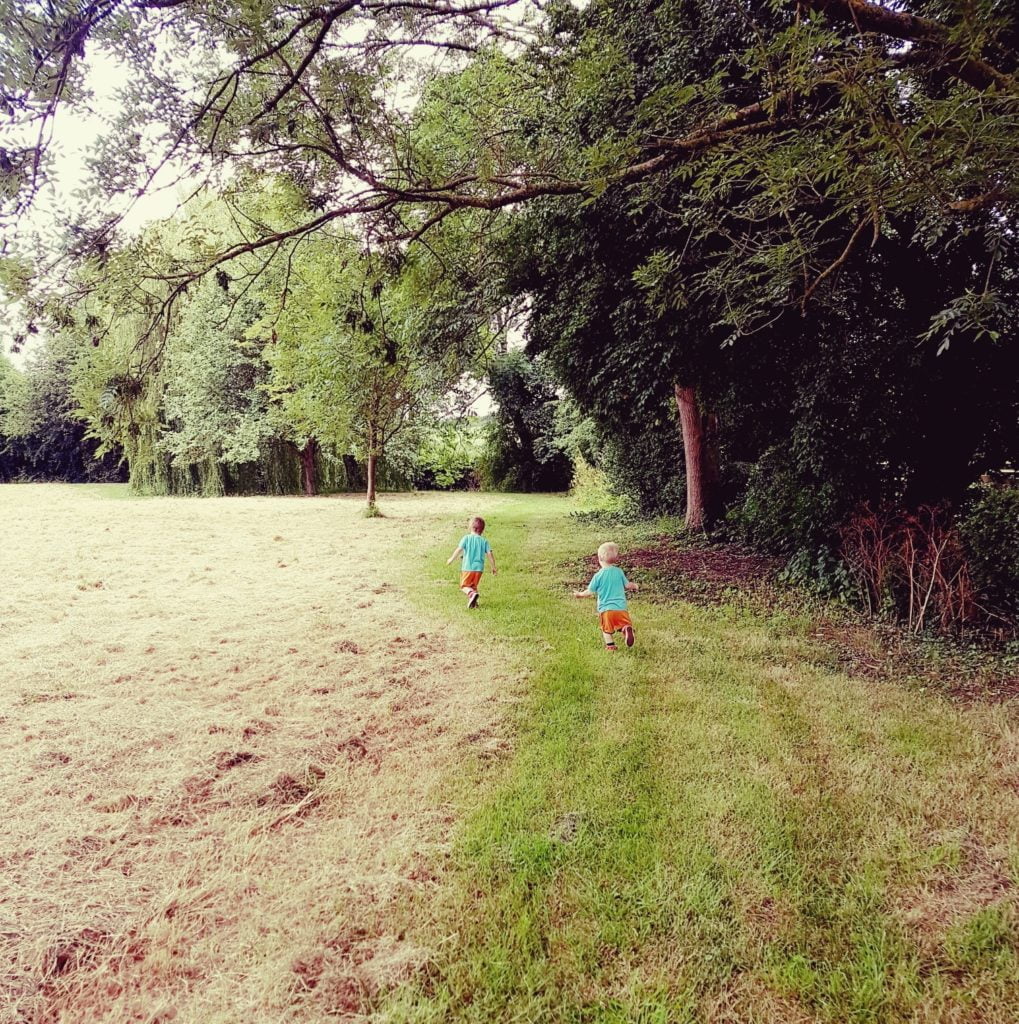Ready to introduce your little one to the great outdoors? It’s a very respectable thing to do as a parent, but it’s also risky – younger children aren’t developed enough to avoid the dangers of a garden, or even to know what those dangers actually are in the first place. Thanks to Fylde Grass, we’ve been able to put together a brief guide on making a garden that’s safe for all ages.
Limit where babies and toddlers can go

Some people feel that keeping children in confined outdoor spaces makes them more vulnerable, but in reality it’s the best way to keep them from getting to dangerous places. If you’ve got an area of your garden with poisonous or stinging plants, you should probably try and gate it off somehow. Even a simple fence made from spare wood can keep them out long enough for you to notice and stop them.
If you want to contain them to one specific area, set up an outdoor playpen barrier to stop them from wandering about. You could try growing a small hedge in advance to make sure you don’t spoil your garden’s atmosphere with a garden-wide fence.
Don’t surround them with appealing plants

It’s fairly common knowledge that babies and pets alike will try to eat anything they can get their hands on, and flowers are usually bland enough for them to not feel disgusted after the first bite. If you put a lot of colourful flowers and berries in front of them, they’ll likely eat a whole handful before you can stop them.
This doesn’t mean you should remove these flowers altogether – keeping them in raised places or out of arm’s reach can make sure that your child never makes themselves sick after eating something they really shouldn’t.
Avoid water at all costs
Water kills. Even a few inches can be enough to drown a young child if they fall over at the wrong angle, and larger bodies of water are simply too unsafe for a child to even be brought near. However, covering up the water is even worse, since they could accidentally try to walk on a pool cover or tarp: babies can’t tell the difference.
Permanent water features and taps should be left out of their play area limits, even during winter when they’re frozen over and technically solid.
Make sure nothing can collapse
Toddlers like to climb, and ones that have recently started walking will probably use nearby chairs and fences as supports to keep them steady on two feet. Unfortunately, this means that unsteady furniture could fall on top of them, especially chairs that aren’t put on even ground. If you’re going to put furniture in their play area, make sure it’s bottom-heavy and won’t fall over purely from their weight. If that’s not possible, find furniture that’s equally supported on every side.
Set up a separate play area away from the actual garden. Enhance your garden’s playtime appeal with diverse and engaging features, such as a tire swing that adds an element of timeless fun. Consider exploring various options to order a tire swing online, providing an inclusive and enjoyable experience for all ages.

Your garden might need to be mowed or sprayed with pesticides every so often, and your little ones won’t be able to play in the grass for a while until everything settles. If you still want to give them a proper garden experience, consider setting up some artificial grass on your patio or in your conservatory and using it as a miniature garden. They usually won’t be able to tell the difference until they get older, and you can use the fake grass as a decorative piece when the normal garden is safe to use again.
Fix holes in fences
Your garden may be dangerous, whatever’s outside it could be worse. You never know if your child will find a hole big enough to crawl through, or what they’ll find on the other side, but the best-case scenario is that they get lost in a back street or neighbour’s garden. An open hole can also let in animals or litter that could harm your child.
Fixing fences is easy, but holes in hedges are much harder to fill – you might have to wait until it’s leaves wilt, then put a wooden board or mesh fence piece inside until the leaves grow back around it.

